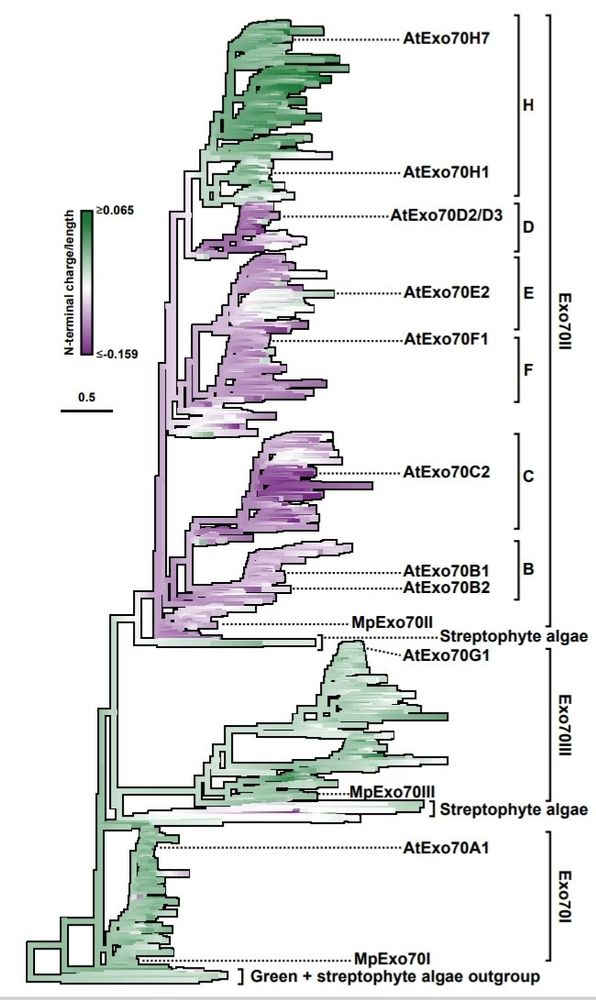




















we found that, while Exo70I and Exo70III co-localize with the other exocyst components (SEC6 and Exo84) at the cell plate, ExoII has a diffused celullar pattern 😮

we found that, while Exo70I and Exo70III co-localize with the other exocyst components (SEC6 and Exo84) at the cell plate, ExoII has a diffused celullar pattern 😮





